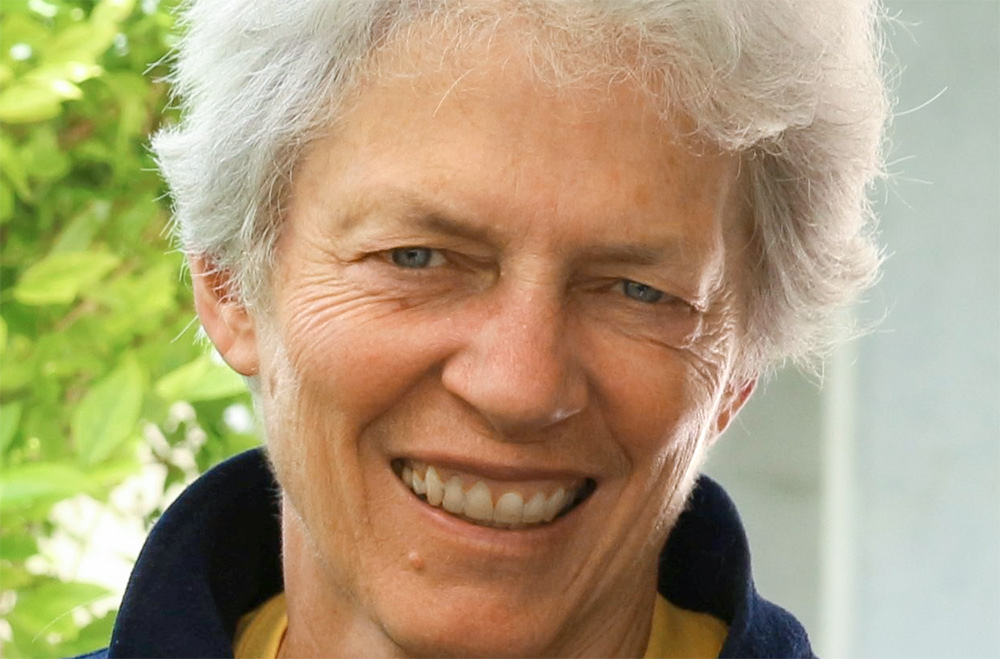This Is Where
They Came From
Bennett worked as a family doctor in Rochester, N.Y., for 25 years. One day in 2004, the medical director at her health clinic asked for volunteers to work with refugees. “I’ll do it!” Bennett said. “I raised my hand. I had no refugees in my practice at that time.”
Soon she was ensconced at the Brown Square Health Center, focusing on the unique needs of refugees.
Temperatures were hovering at 105°F when Bennett visited the Kakuma Refugee Camp in Kenya in 2005. “It was desolate, barren, dusty, and hot,” she says. The camp housed 190,000 individuals, many from Sudan, Ethiopia, and Somalia. Hospital patients were treated in open-air tents with family members feeding them.
“I thought of my trip as a home visit for my patients in Rochester,” says Bennett. “This is where they came from, what their expectations were.”
Taking time to understand her patients’ life experience is something Bennett first learned at Swarthmore. During one school break, she worked with sharecroppers and helped to register voters in Tennessee. To better understand her refugee patients, Bennett worked at a remote health clinic near Mount Meru in Tanzania in 2007. She saw the ways that cultural practices differed and why refugees expected immediate care. Back in Rochester, Bennett treated malaria, burns, and amputations due to injury from landmines. Asthma was common among her patients from living in a dusty environment. So were back and joint conditions.
BENNETT ’66

Later, PTSD emerged. “At initial arrival the refugees are in coping mode, they’re numb,” Bennett explains. “Then all the memories come flooding back. Terrible nightmares, psychosis, suicidal thoughts … they saw so much violence and loved ones killed. It all comes out a year or so after being in Rochester.”
Deciphering medical problems took extra care and time. “Refugees don’t say, ‘I’m anxious,’” she notes. “They say, ‘Doctor, I have a terrible stomachache.’ Or, ‘I’m throwing up all the time.’”
Bennett has worked with families from Iraq, Vietnam, Nepal, and Myanmar, plus Somalia, Sudan, Congo, and Burundi. She cared for some Sudanese Lost Boys in the clinic. Arriving as high schoolers, they were later adopted into U.S. families.
“They were very motivated, strong men,” she says. “I’ve known some Lost Boys who became teachers or returned to Sudan to dig wells.” Some volunteered as health promoters, to interpret for newly arrived refugees.
Despite trauma and displacement, most refugees acculturate to life in the U.S. in five years, Bennett says. That’s when they become proficient in English and find steady work. It’s a challenge. Many arrive illiterate, forced to speak, read, and write in English simultaneously.
Bennett continued advocating for refugees and immigrants after retiring in 2006. She recently published The Blue-Eyed Tiger, a short-story collection featuring refugee characters.
“Swarthmore gave me a passion,” she says, “not to advocate for people, but to advocate with people.”